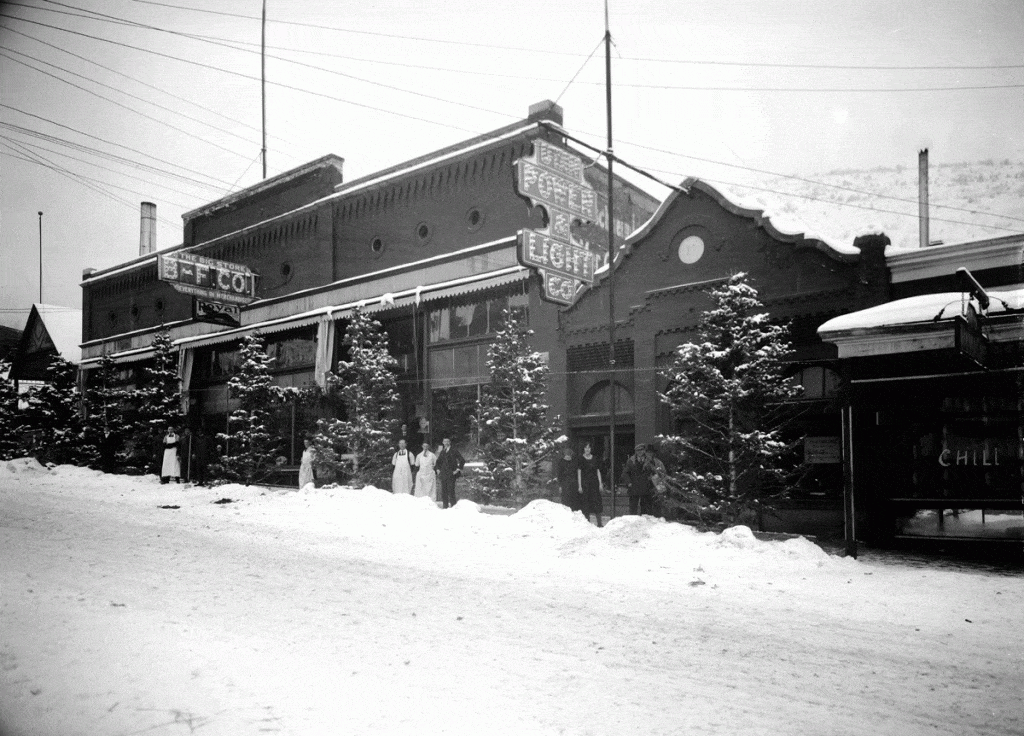Park City the ideal place to live in Utah, even in 1919
Today, Park City is lauded as being a fantastic place to live for its beautiful surrounding landscape and its sport and leisure opportunities. One might be surprised to know that the town was praised as being the “ideal” place to live in Utah already in 1919, despite being a small mining community.
The Salt Lake Herald published a “Peace and Prosperity” edition of their paper on July 13, 1919 in which they included a write-up about the draw of Park City.
To miners they wrote about how mines in the Salt Lake region faced “blistering heat” and mines in the north a “biting frost.” Park City was a great place for a miner to operate, they said, because of its mild summers and winters, despite the heavy snowfall. Not only that, but miners were able to own nice little homes, making the town their permanent residence because “the great metal mines… furnish steady employment the year-round.” This steady employment, they mentioned, also extended to workers in “various mills, business houses and industrial enterprises.”
In addition to all of that, they noted that the working conditions in Park City mines were simply “the best.” Contributing to these “best” conditions were state-of-the-art safety equipment and labor saving devices.
They continued to pitch Park City as an ideal place for miners, mentioning that Park City’s mines were eight-hour camps, leaving time for “the real pleasures of life.” They told of entertainment opportunities at the movies, at dances, and in lodges, also noting that if “something of particular interest occurs in the metropolis,” Park City residents could make an easy trip down to Salt Lake and back during the day.

Credit: Park City Historical Society and Museum, Pop Jenks Collection
Beyond just miners, all “newcomers” could feel secure in Park City, for as soon as they could find a job the merchants in town would open them a line of credit so that miners and other new workers could move with and feed their families right away.
To bring readers in, the writers opened their pitch for living in Park City by describing the landscape and the easy access to the town. They mentioned the rail lines that ran to and from Salt Lake as part of the Denver and Rio Grand Railroad along with the Union Pacific that came down from Echo. As well, a paved highway paralleled the railroad all the way to Salt Lake.
But more than just having these modes of transportation, the journey through the mountains was another reason to come to Park City. The grandeur of the mountains, “which offer to the eye in the summer time a pleasing site of multi-colored flowers” and in the winter “the white of snow and the dark green of pine forests” were reason enough, they said, to move to Park City.
To learn more about the growth of Park City, visit the Park City Museum at 528 Main Street and check out the Hal Compton Research Library on the lower level.